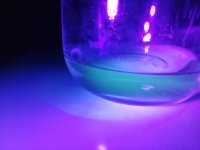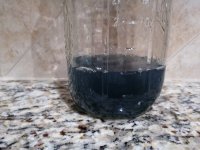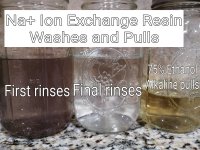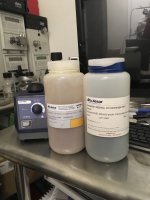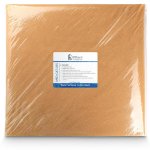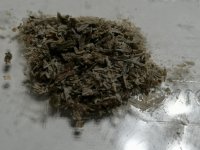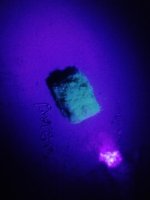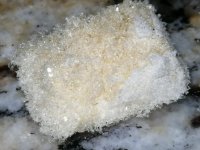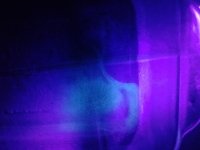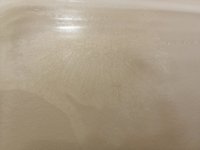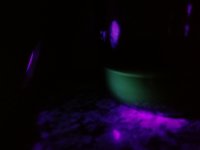I took 320mg of the powder from the previous post. By weight this is equivalent to 1.9g of dry mushrooms. I felt effects but not where near what one expects from 1.9g dry.
I think this is promising but needs some troubleshooting.
-Where the actives extracted during by the hot vinegar water? I think that yes based on personal multiple bioassays of mushroom tea.
-Did the psilocybin convert to psilocin in hot acidic water? I think yes as this is claimed in the literature
-Did the psilocin move to the Na+ resin? For H+ resin, this seemed to work (older post in this thread). Can repeat that test for Na+ resin.
-Did all the psilocin move out out of the resin during the basified ethanol extraction? Can try more pulls
-Was the psilocin damaged during the basified extraction? Could try less ammonia, colder extraction temp, and faster neutralization
-Did psilocin elute early during the rinses? No UV fluorescence was seen during the rinses, but I'm not sure if psilocin is strongly fluorescent or not.
-Did I have some tolerance at the time (I had bioassayed the golden liquid from the H+ resin the night before with some minor effects). I can wait for a week and try again.
Will need to go through these to try to figure it out. Any other thoughts? What could I be missing.
Thanks.
PS: Below is a a picture of the 320mg bioassayed powder dissolved in a small amount of water for ingestion under UV. It had a beautiful green fluorescence. Not sure if the fluorescence is from psilocin and/or tryptophan proteins. It was very tart at pH of 3, so I added a pinch of baking powder to pH6. The resulting drink was carbonated and delicious.
5/7/2019 Edit: Yep, something was missing. Oxydation from air during the dry step is a possible issue and could explain this result based on subsequent learnings.
I think this is promising but needs some troubleshooting.
-Where the actives extracted during by the hot vinegar water? I think that yes based on personal multiple bioassays of mushroom tea.
-Did the psilocybin convert to psilocin in hot acidic water? I think yes as this is claimed in the literature
-Did the psilocin move to the Na+ resin? For H+ resin, this seemed to work (older post in this thread). Can repeat that test for Na+ resin.
-Did all the psilocin move out out of the resin during the basified ethanol extraction? Can try more pulls
-Was the psilocin damaged during the basified extraction? Could try less ammonia, colder extraction temp, and faster neutralization
-Did psilocin elute early during the rinses? No UV fluorescence was seen during the rinses, but I'm not sure if psilocin is strongly fluorescent or not.
-Did I have some tolerance at the time (I had bioassayed the golden liquid from the H+ resin the night before with some minor effects). I can wait for a week and try again.
Will need to go through these to try to figure it out. Any other thoughts? What could I be missing.
Thanks.
PS: Below is a a picture of the 320mg bioassayed powder dissolved in a small amount of water for ingestion under UV. It had a beautiful green fluorescence. Not sure if the fluorescence is from psilocin and/or tryptophan proteins. It was very tart at pH of 3, so I added a pinch of baking powder to pH6. The resulting drink was carbonated and delicious.
5/7/2019 Edit: Yep, something was missing. Oxydation from air during the dry step is a possible issue and could explain this result based on subsequent learnings.

